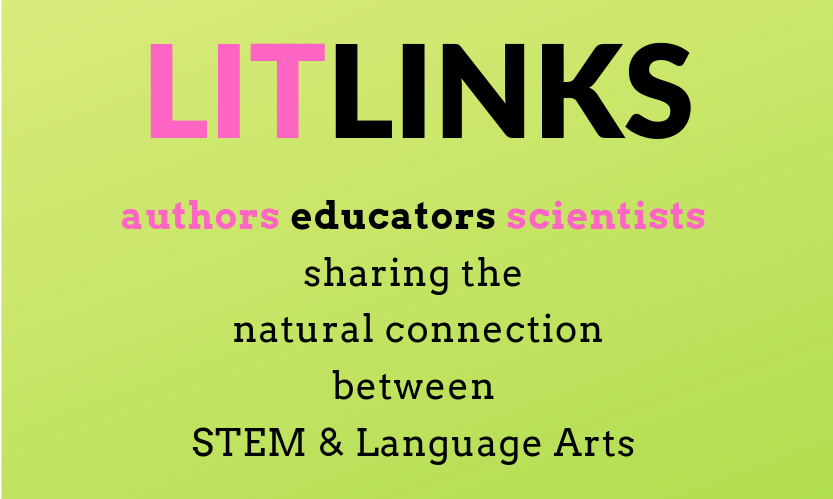
GUEST BLOGGER SUE HEAVENRICH
13 Ways to Eat a Fly is a counting-backwards book, a food-web look, and a little bit of wordplay about predators and prey. What it is not: a cookbook – although there is a nutrition label should one wonder about the minimum daily requirements in a gram of flies. There is math (subtraction!) and science (birds and fish and fly-eating plants) and even zombies!
I wrote this book to introduce children – and adults – to the diversity of flies around us. Most people think of flies as pests, but they have important jobs in nature. Flies help decompose dead things, they pollinate flowers, they eat pesky insects, and they are a source of food for other organisms.
Activity #1: Fly-watching (observation, drawing, writing)
Find a fly to watch. This shouldn’t be too hard; flies are everywhere! Then write down your observations:
- What does your fly look like? (things to note: color, patterns, bristles, size)
- Where is your fly?
- What is your fly doing?
- What does your fly sound like?
- How does your fly move?
Draw a picture of your fly and write a short description about it. Then, as a class, put them together to create a “Guide to the Local Flies” to share.
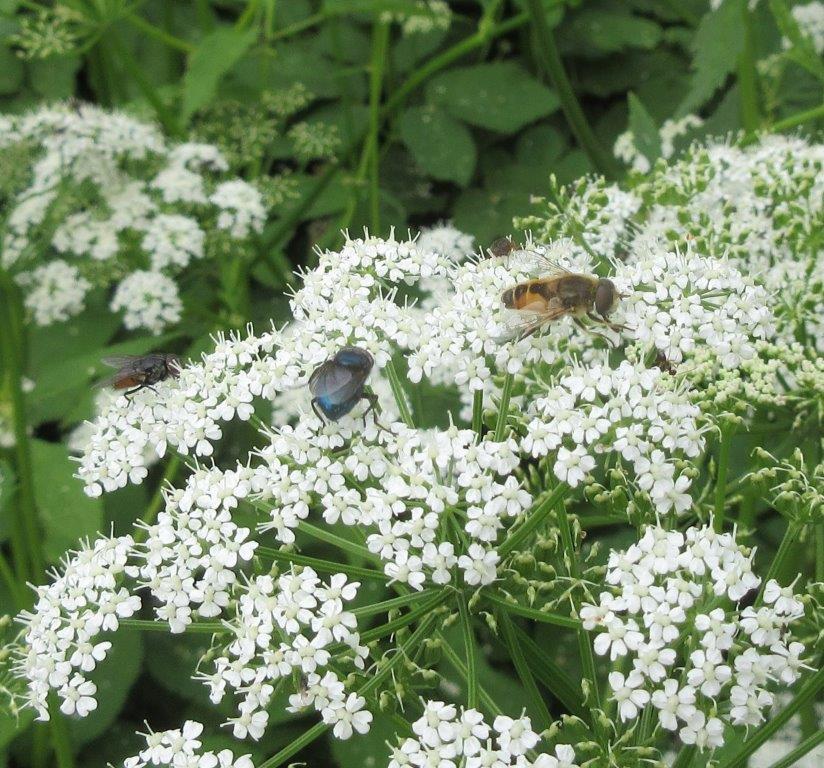
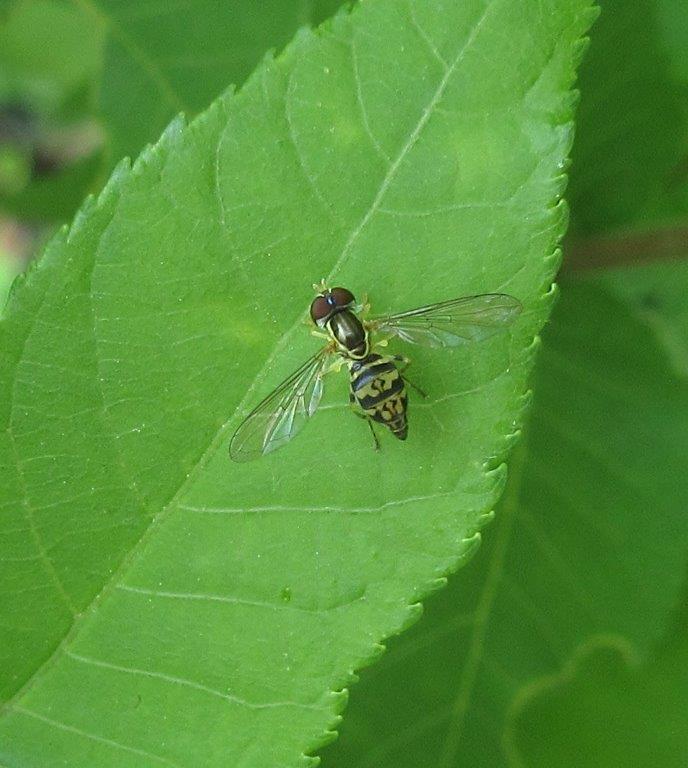
Activity #2: Fly-ku and other poetry-on-the-fly (language arts, observation)
One great way to generate words for use in fly poems is to have kids share their observations. Make lists for how flies move (verbs) and what they look like, where they are (phrases maybe), etc.
A haiku is a traditional Japanese poem. It is short, like a snapshot or a postcard and usually about something in nature. Fly-ku is haiku about flies (and maybe their predators). These short poems have only three lines:
- The first line has five syllables
- The second has seven syllables
- The last line has five syllables
To get started, think about what you want to say. Maybe you want to write about a mosquito or a frog. Jot down words that describe it. What observation do you want to share? Refer to your fly-watching notes for ideas. Now put it together in your lines of five syllables, seven syllables, and five syllables. Here’s an example:
Listen to the buzz.
Even frogs can hear them—
bright blue flies!
An acrostic is a poem in which the first letters of each line spell out a word. To start, write your word vertically. For example, FLYCATCHER (one of the birds that eats flies). Then fill in the lines with phrases that tell about your subject.
Flies. Beetles.
Leafhoppers.
Yummy snacks.
Catching them midair
At the speed of flight
Takes skill.
Call me an insect
Hero. I bag my bug
Every time,
Refueling on the wing.
Another short poetry form is the cinquain (pronounced sin-cane). It is five lines long, with only a few words on each line.
- The first line has two syllables
- The second line has four syllables
- The third line has six syllables
- The fourth line has eight syllables
- The last line has two syllables
Here’s an example of a cinquain:
fruit fly
red eyed, hump-backed
zipping, diving, flitting
landing on my ripe bananas ~
Buzz Off!
Activity #3: Catch a fly (engineering, designing, teamwork, imagination)
Study how the predators in 13 Ways to Eat a Fly capture their yummy fly snacks. For example:
The Engineering Problem: have teams design something that can capture a fly to eat.
Materials: can come from recycling bin, craft cupboard, cafeteria. Here are some suggestions:
- paper, cardboard, markers
- cups, yogurt containers, milk cartons, paper plates
- string, tape (masking, duct)
- rubber bands, craft sticks or popsicle sticks, straws, plastic-ware
- scissors
- twist-ties, foil, wire, screen, fabric
Students working in teams can brainstorm ideas, draw up their fly-trap design, build a model, and share it with others.
More activities
- Make an Origami Fly bookmark
- Plant a garden for flower flies and other pollinators (“The Buzz About Flower Flies, MOF&G Spring 2022, p. 14-15.)
Sue Heavenrich is a bug-watcher and writer. A long line of ants marching across the kitchen counter inspired her first article for kids. Her books include 13 Ways to Eat a Fly and Diet for a Changing Climate: Food for Thought (written with Christy Mihaly and including recipes for insect-based dishes). Her newest book, Funky Fungi, 30 Activities for Exploring Molds, Mushrooms, Lichens, and More (written with Alisha Gabriel), comes out in June from Chicago Review Press.
For more information, visit Sue’s website or catch up with her at Archimedes Notebook.


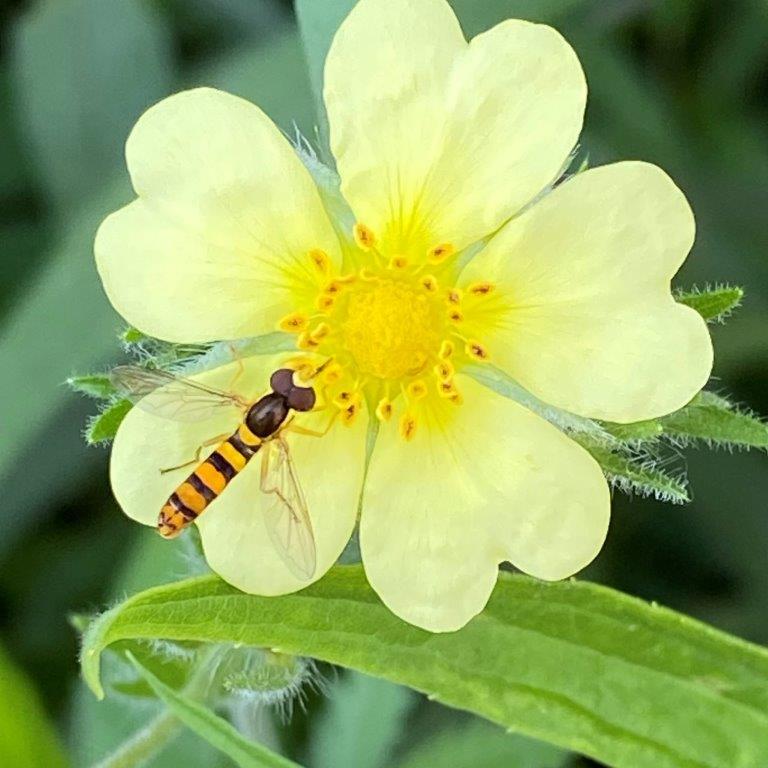
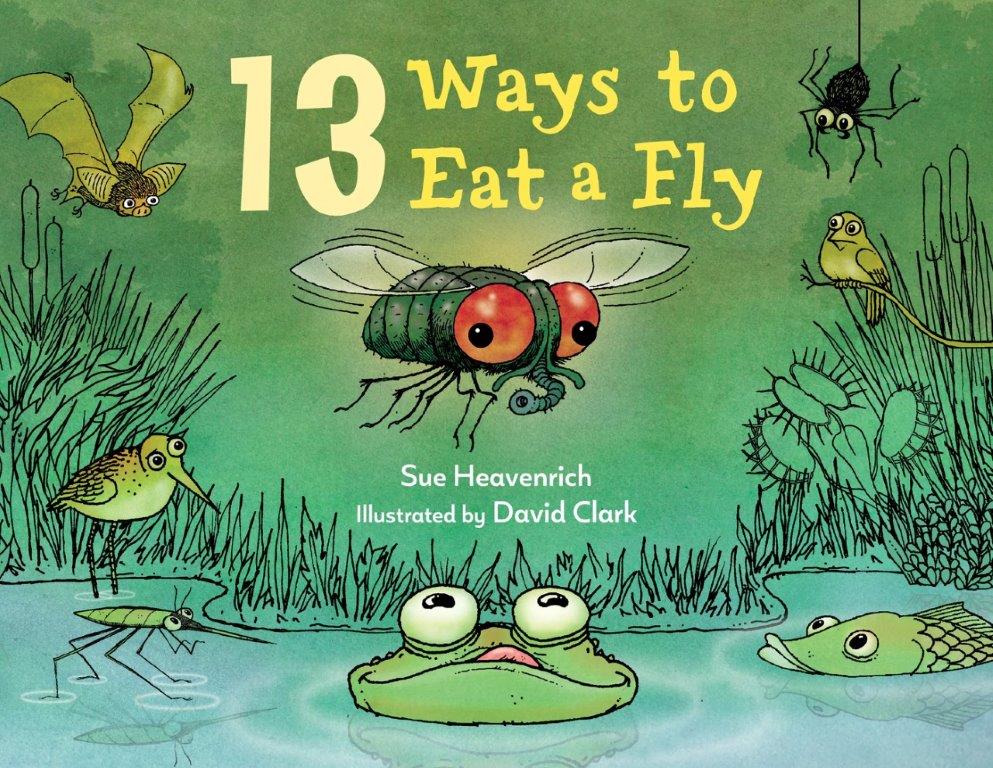

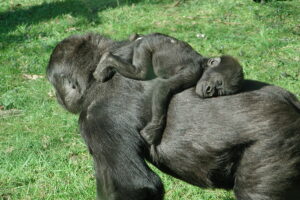



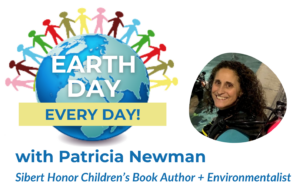
Leave a Reply
Your email is safe with me.